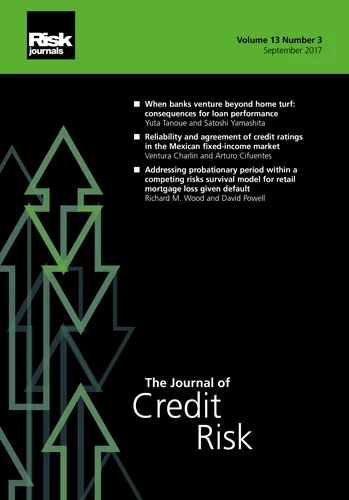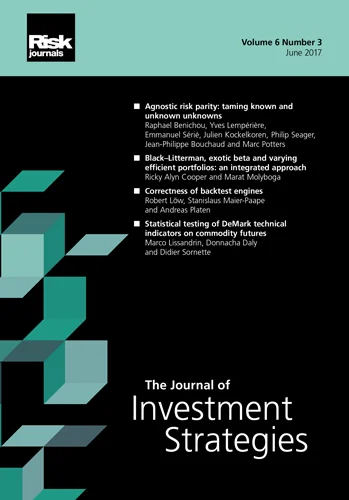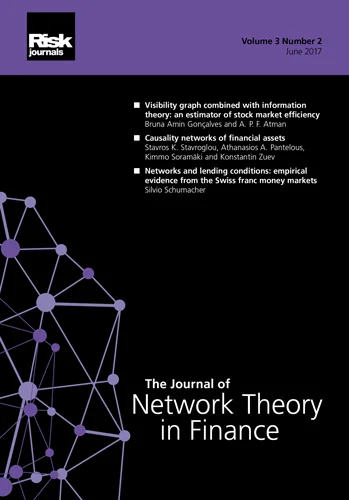Journal of Risk
ISSN:
1755-2842 (online)
Editor-in-chief: Farid AitSahlia

Quality control of risk measures: backtesting VAR models
Victor H. de la Pena, Ricardo Rivera, Jesus Ruiz-Mata
Abstract
ABSTRACT
This paper introduces a new statistical approach to assessing the quality of risk measures: quality control of risk measures (QCRM). The approach is applied to the problem of backtesting value-at-risk (VAR) models. VAR models are used to predict the maximum likely losses in a bank’s portfolio at a specified confidence level and time horizon. The widely accepted VAR backtesting procedure outlined by the Basel Committee for Banking Supervision controls the probability of rejecting the model when the model is correct. A drawback of the Basel approach is its limited power to control the probability of accepting an incorrect VAR model. By exploiting the binomial structure of the testing problem, QCRM provides a more balanced testing procedure, which results in a uniform reduction of the probability of accepting a wrong model. QCRM consists of three elements: the first is a new hypothesis-testing problem in which the null and alternative hypotheses are exchanged to control the probability of accepting an inaccurate model. The second element is a new approach for comparing the power of the QCRM and Basel tests in terms of the probability of rejecting correct and incorrect models. The third element involves the use of the technique of pivoting the cumulative distribution function to obtain one-sided confidence intervals for the probability of an exception. The use of these confidence intervals results in new acceptance/rejection regions for tests of the VAR model. We compare these to ones commonly used in the financial literature.
Copyright Infopro Digital Limited. All rights reserved.
As outlined in our terms and conditions, https://www.infopro-digital.com/terms-and-conditions/subscriptions/ (point 2.4), printing is limited to a single copy.
If you would like to purchase additional rights please email info@risk.net
Copyright Infopro Digital Limited. All rights reserved.
You may share this content using our article tools. As outlined in our terms and conditions, https://www.infopro-digital.com/terms-and-conditions/subscriptions/ (clause 2.4), an Authorised User may only make one copy of the materials for their own personal use. You must also comply with the restrictions in clause 2.5.
If you would like to purchase additional rights please email info@risk.net








